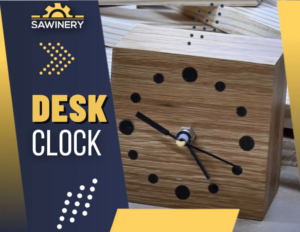Learn Woodworking From 50 Years of Experience
Sawinery is a one-stop shop for everything woodworking related, including step by step videos for beginners, plans, tools reviews and more.
Start your Woodworking journey
Shop Woodworking Plans
Get Woodworking Plans for Beginners including step by step videos.
Join Facebook community
Join thriving woodworking community with over 2,000 members on Facebook and engage in sharing valuable experiences.
Join Sawinery Woodworking Guild
Get 3 Free Plans when you join Sawinery Woodworking Guild.
Unlock Sawinery Project Designer
Want to draw custom plans with Pencil and Paper? Try our 3D Templates & more in the Project Designer.
Our Team
Recent Posts

Kreg Adaptive System Review — Is it Worth Buying This 2024?
I recently had the opportunity to test out Kreg’s Adaptive Cutting System, the brand’s take on a track saw. Before using this, Kreg’s Rip-Cut circular saw attachment was my main tool for cutting sheets of

How to Make a Hanging Plant Holder
We’ve got a green-thumbed project on our hands today. If you live in an apartment, you’d appreciate this. You’re itching to add a touch of

How to Make a DIY Modern Desk Clock
There’s something about clocks, isn’t there? In this age of smartphones and digital everything, there’s still a timeless charm to a good old-fashioned clock sitting
Recent Posts

Kreg Adaptive System Review — Is it Worth Buying This 2024?
I recently had the opportunity to test out Kreg’s Adaptive Cutting System, the brand’s take on a track saw. Before using this, Kreg’s Rip-Cut circular saw attachment was my main tool for cutting sheets of

How to Make a DIY Clamp Rack
Every woodworker knows that you can never have too many clamps in your workshop. But when they’re scattered all over, it can be a real headache. Picture me, surrounded by

How to Make a House Number Planter Box
Finding your way to someone’s house shouldn’t feel like navigating a maze, right? Yet, there I was, driving around the block a few extra times just to spot their house

















